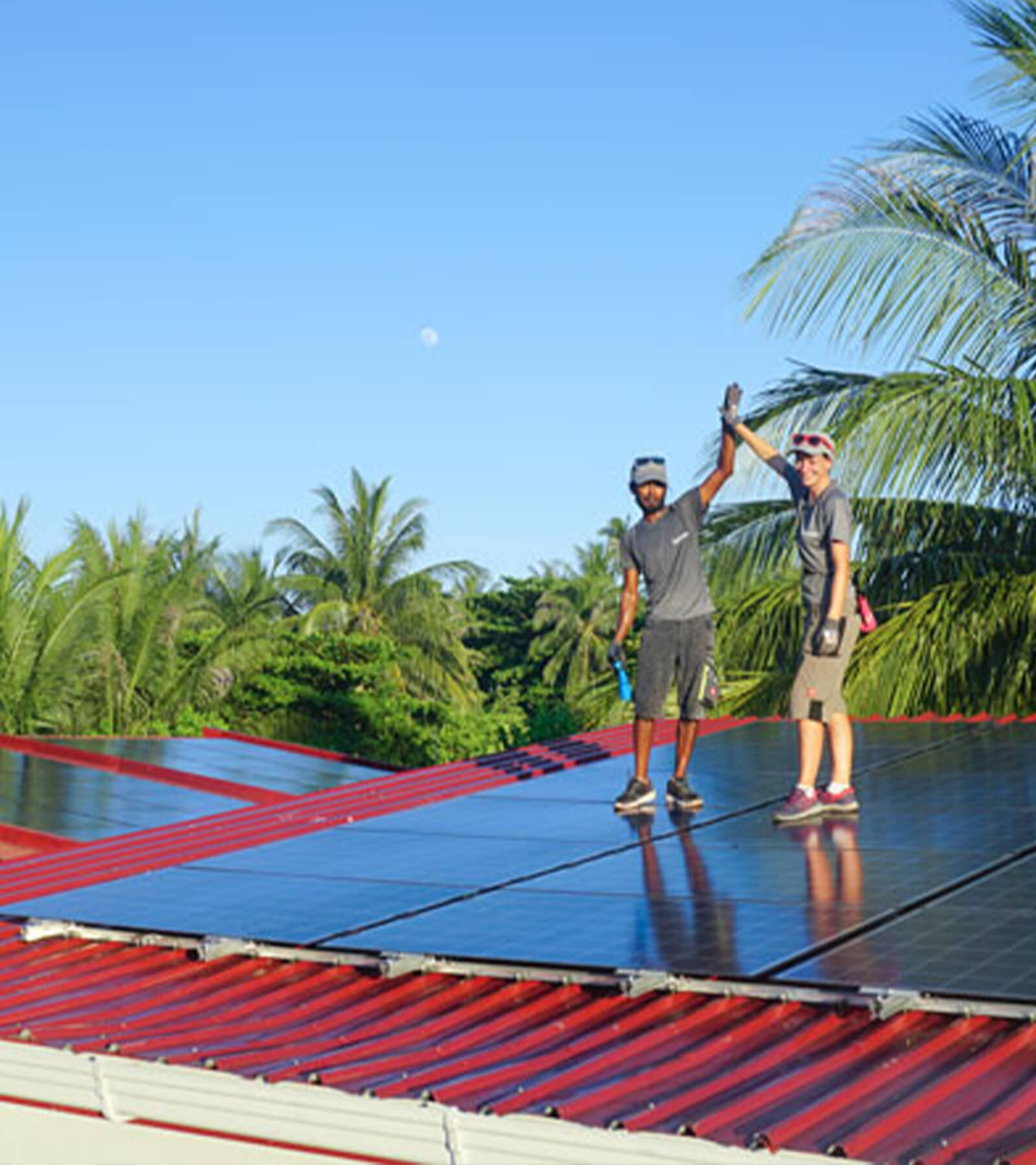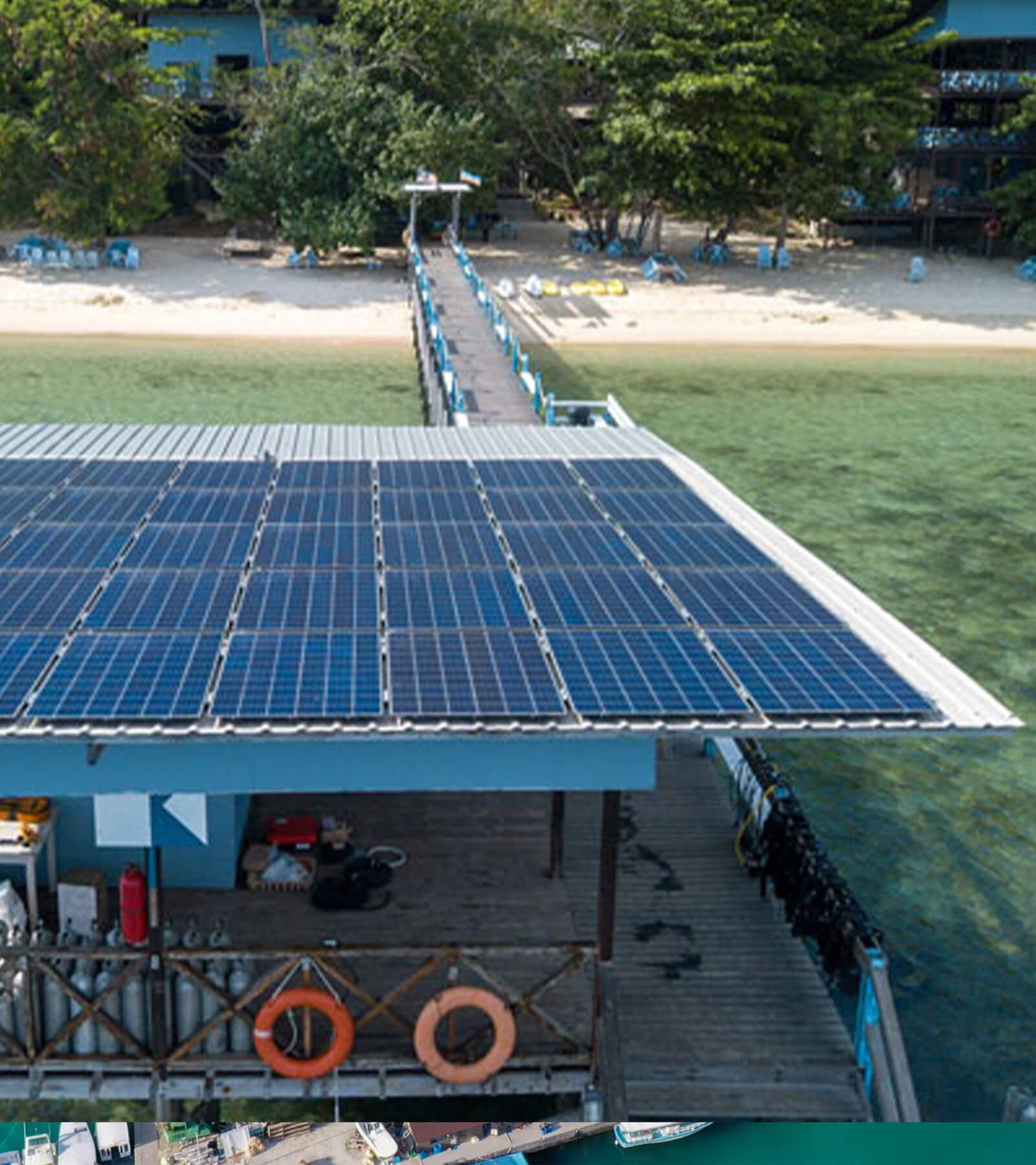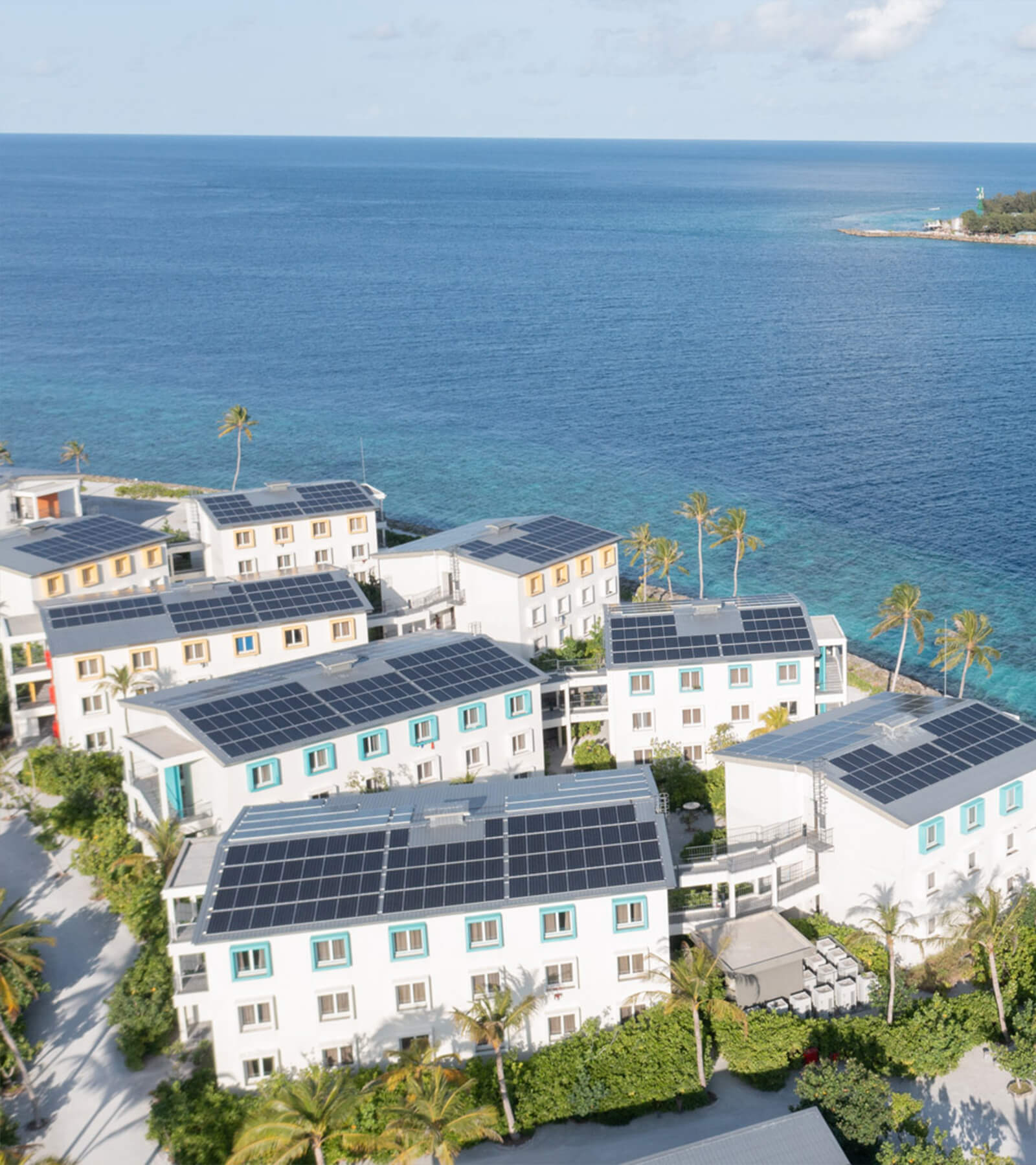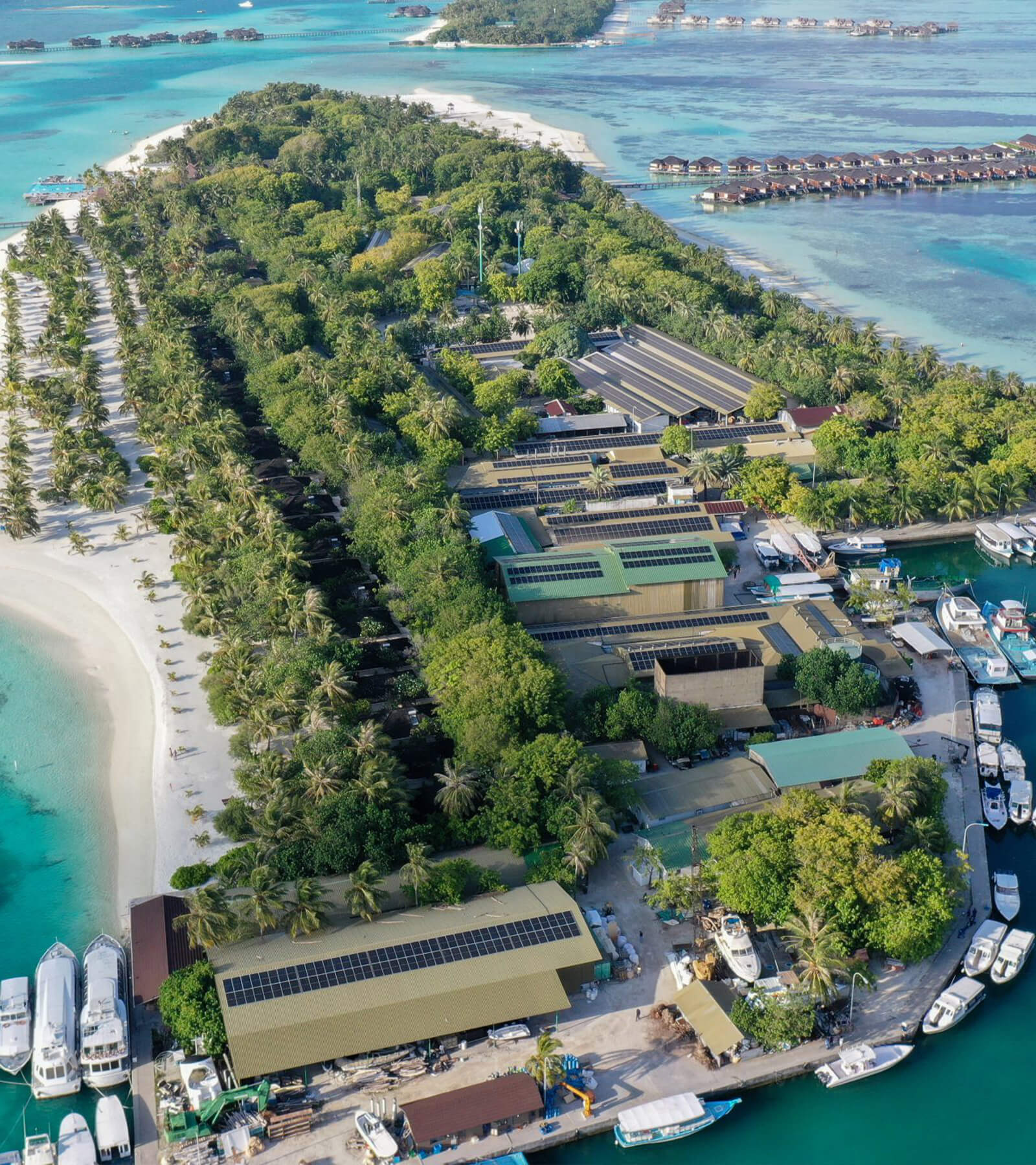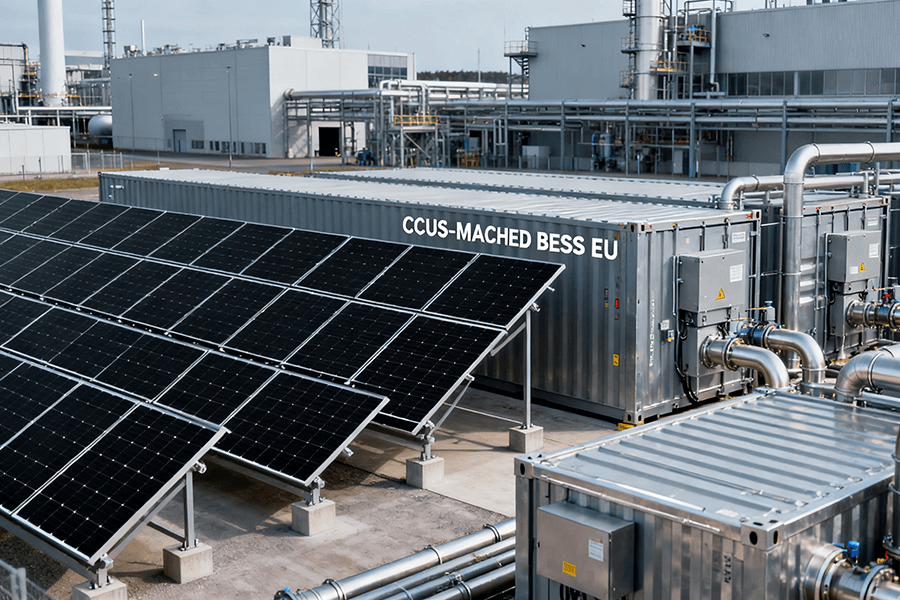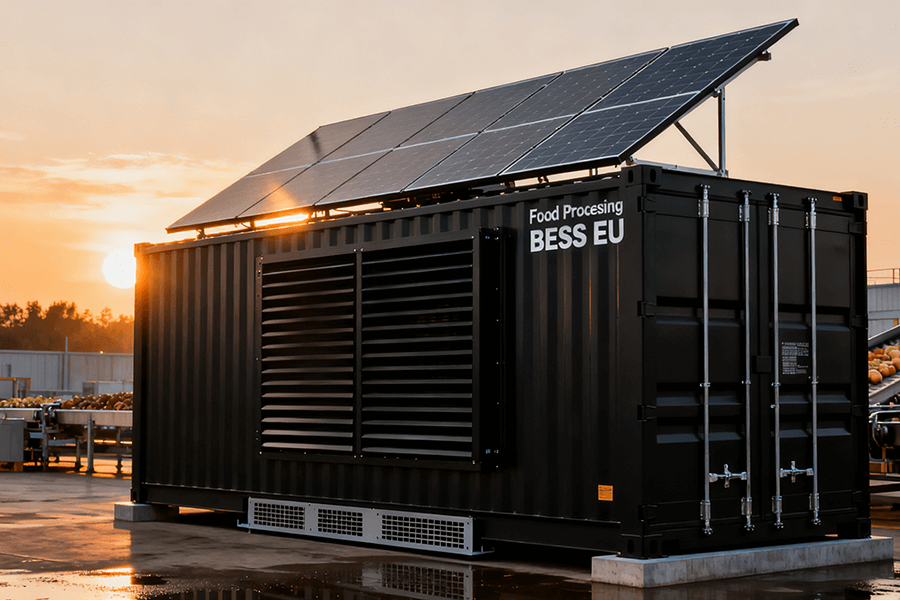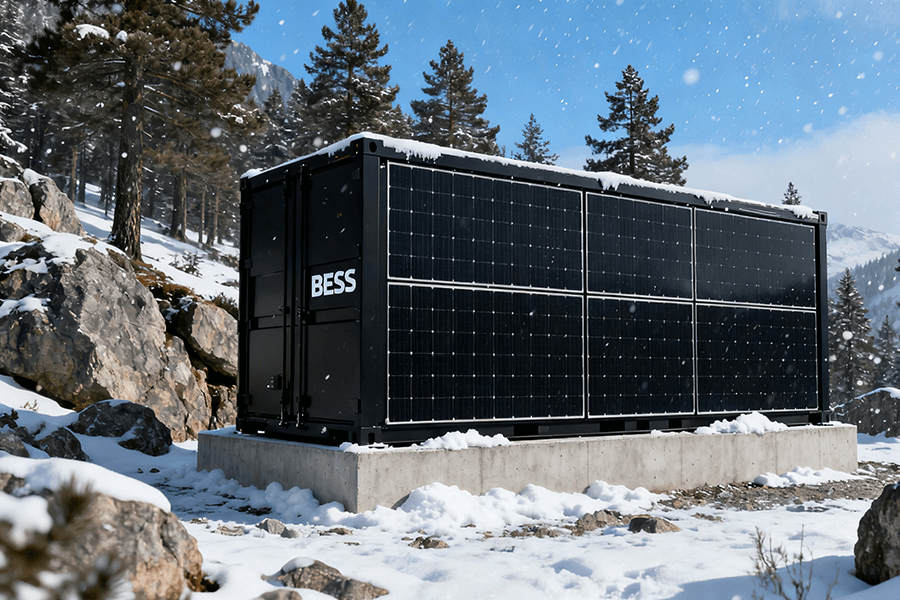
Powering the EU’s Climate “Detective Army”
The EU’s Copernicus Climate Change Service (C3S) isn’t just tracking weather—it’s building a frontline against climate uncertainty. As a cornerstone of the European Union’s climate monitoring infrastructure, C3S is embarking on an ambitious expansion initiative. By 2027, they aim to scale their network to over 500 remote weather stations, strategically dispersed across some of the bloc’s most challenging terrains.
These stations will be stationed in a diverse range of environments, from the frigid expanse of the Nordic tundras, where temperatures can plummet to extreme lows, to the arid landscapes of the Mediterranean deserts, characterized by scorching heat and minimal precipitation. Alpine peaks, with their harsh weather conditions and difficult accessibility, will also host these crucial monitoring outposts.
Functioning as the unsung “detectives” of climate science, these weather stations are equipped with advanced sensors that work tirelessly around the clock. They are responsible for gathering a comprehensive array of data, including:
- Wind Speed and Direction: Vital for understanding atmospheric circulation patterns and assessing the potential for wind energy generation.
- Precipitation Levels: Essential for monitoring water cycles, predicting floods, and managing water resources.
- Temperature Fluctuations: Key to tracking climate trends, identifying heatwaves, and evaluating the impact of global warming.
However, this expansive project faces a significant hurdle. According to a report by C3S in 2024, 87% of these new stations will operate off – grid. These remote locations lack the infrastructure of traditional power sources, such as power lines or nearby generators. While solar panels are a primary energy solution, they are not without limitations. When the sun dips behind clouds or during extended polar nights, the question arises: How do we ensure the continuous operation of these critical sensors?
This is where BESS Containers (Battery Energy Storage Systems) come into play. These compact yet rugged units are the linchpin of off – grid weather monitoring. Designed to withstand harsh environmental conditions, BESS Containers offer a reliable energy storage solution.
| Feature | Description |
|---|---|
| Compact Design | Engineered to fit into limited spaces at remote stations without sacrificing capacity. |
| Rugged Construction | Built to endure extreme temperatures, high winds, and other challenging weather conditions. |
| High – Capacity Storage | Capable of storing sufficient energy to power the weather station during periods of low or no sunlight. |
| Smart Management | Equipped with intelligent systems that optimize energy usage and ensure the longest possible runtime. |
Without BESS Containers, C3S’s network of “detectives” would face the risk of going offline, resulting in significant gaps in critical climate data. This would not only impede the accurate monitoring of climate change but also undermine Europe’s ability to develop effective mitigation and adaptation strategies. In essence, BESS Containers are not just about providing power; they are about safeguarding the reliability of Europe’s climate insights, ensuring that the data collected remains consistent, accurate, and invaluable for future generations.
Low – Power Design: The “Goldilocks” Sweet Spot for Autonomy
Remote weather stations, often situated in inhospitable and far – flung locales, present a significant logistical challenge when it comes to maintenance. Consider the daunting task of deploying a maintenance team to a remote Norwegian fjord during the harsh winter months of January. The frigid temperatures, unpredictable weather conditions, and treacherous terrain make such endeavors not only costly but also extremely hazardous. This is precisely why BESS (Battery Energy Storage System) Containers have been meticulously engineered with a focus on long – term self – sufficiency.
The design philosophy behind BESS Containers emphasizes a low – power setup that strikes the perfect balance. It is neither oversized, which would result in unnecessary space wastage, nor undersized, ensuring it can endure the long, dark winters without succumbing to power depletion.
6+ Months of Autonomy: No Pitstops Needed
The key to achieving remarkable autonomy lies in the intelligent pairing of modest BESS capacities with highly efficient solar panels. Most remote weather stations are equipped with 5–15 kWh BESS units, which are seamlessly integrated with 1–3 kW solar arrays. This strategic combination optimizes the delicate equilibrium between energy storage and generation.
To validate the effectiveness of this setup, the European Climate Observatory (ECO) conducted an extensive series of tests across 20 EU off – grid locations. The results were compelling, demonstrating that this configuration can provide an average of 7.2 months of uninterrupted power supply (ECO, 2024).
The following table provides a detailed breakdown of how different BESS capacities and solar panel powers correlate with average autonomy and are suited to various EU regions:
| BESS Capacity (kWh) | Solar Panel Power (kW) | Average Autonomy (Months) | Ideal EU Regions |
|---|---|---|---|
| 5 | 1 | 5.5 | Southern coasts (e.g., Greece, Spain) |
| 10 | 2 | 7.2 | Central Europe (e.g., Austria, Hungary) |
| 15 | 3 | 8.1 | Nordic regions (e.g., Sweden, Finland) |
In regions with more abundant sunlight, such as the southern coasts of Europe, a smaller BESS capacity paired with a lower – powered solar panel can still achieve a reasonable level of autonomy. In contrast, the Nordic regions, characterized by long winters and limited sunlight during certain periods, benefit from larger BESS capacities and more powerful solar arrays to ensure continuous operation.
Compatibility with Satellite Transmitters: Data Must Travel
While powering the sensors at remote weather stations is crucial, it represents only half of the equation. Equally important is the ability to transmit the collected data back to the Copernicus Climate Change Service (C3S) headquarters in a timely manner. Satellite transmitters, often referred to as the “mailmen” of climate data, require 50–150 watts of power to function. This power requirement can pose a significant challenge for energy – constrained systems, and in poorly designed setups, it can quickly deplete the available power reserves.
Our low – power BESS setup has been carefully calibrated to allocate just the right amount of energy for satellite transmitters. This ensures that data can be transmitted in real – time, even during periods when solar input is minimal, such as on overcast days or during the winter months.
Pro tip: Extensive testing has been carried out using C3S’s preferred transmitters, including the Cobham SATCOM SAILOR 600. These tests have conclusively shown that there are no power conflicts, and data transmission occurs without any delays, providing a reliable and efficient means of sending critical climate data from remote weather stations to the central monitoring facilities.
Extreme – Environment Engineering: Built to Survive Europe’s Wilds
Europe’s weather isn’t just variable—it’s extreme. A BESS Container that operates seamlessly in Portugal’s sweltering 40°C deserts risks freezing solid in Finland’s bone – chilling – 30°C winters. This vast climatic disparity underscores the necessity of a customized approach; each unit is meticulously engineered to withstand the unique environmental challenges of its deployment site.
Arctic – Grade Insulation: Preserving Battery Performance in Sub – Zero Climates
Nordic weather stations endure some of the harshest conditions on Earth. In northern Norway, polar nights can extend up to 67 consecutive days of darkness, accompanied by temperatures plummeting far below freezing. To safeguard battery functionality in these frigid environments, we’ve integrated aerogel – based insulation—the same cutting – edge material utilized in space suits. According to the International Energy Agency (2023), this advanced insulation reduces heat loss by an astonishing 90% compared to traditional alternatives, ensuring that Lithium – Iron – Phosphate (LFP) batteries remain within their optimal operating temperature range of – 20°C to 50°C.
Our commitment to performance was put to the test in 2024 during a rigorous trial in Lapland. A BESS Container equipped with arctic – grade insulation maintained an impressive 95% of its capacity after three months of continuous exposure to – 25°C temperatures. In stark contrast, a non – insulated unit suffered a complete failure within just six weeks, highlighting the critical role of specialized insulation in extreme cold conditions.
Dust – Proofing for Desert Stations: Conquering the Elements
The arid landscapes of Mediterranean deserts, such as Spain’s Tabernas Desert, present a different but equally formidable challenge: fine, abrasive dust that infiltrates equipment, clogs ventilation systems, and can cause electrical short – circuits. To combat these hazards, our BESS Containers feature IP65 – rated enclosures and high – efficiency HEPA air filters. These components work in tandem to trap 99.97% of dust particles, providing unparalleled protection for sensitive battery and electronic systems.
A 2024 study conducted by the Desert Research Institute (DRI) compared the performance of our dust – proof units against standard containers in the unforgiving environment of the Sahara Desert. The results were conclusive:
| Container Type | Capacity Loss After 1 Year | Primary Cause of Loss |
|---|---|---|
| Our Dust – Proof Unit | 2% | Minimal wear and tear |
| Standard Container | 30% | Dust – related damage to batteries |
These findings reinforce the effectiveness of our dust – proofing technology in preserving battery longevity and system reliability in even the most punishing desert conditions.
Compliance with C3S Data Reliability Standards: No Cutting Corners
C3S doesn’t just want data—they want reliable data. In the intricate landscape of climate monitoring, the margin for error is razor – thin. Even a seemingly negligible 1% power fluctuation can trigger a cascade of far – reaching consequences. This is because such fluctuations can cause sensor readings to deviate significantly, leading to inaccurate data that can misinform critical climate research and policy – making efforts.
For instance, consider the impact of a 0.5°C error in temperature data. Over time, this seemingly small inaccuracy can distort long – term climate trends, casting doubt on the integrity of scientific research and undermining the reliability of policy – making efforts. This is why ensuring the accuracy and consistency of data collection is not just a technical requirement but a scientific imperative.
Our BESS Containers are meticulously engineered to meet C3S’s most stringent standards, offering a comprehensive solution for maintaining data accuracy and system reliability. Here’s how our innovative technology addresses the key challenges in climate monitoring:
Key Features of Our BESS Containers
| Feature | Description | Impact on Climate Monitoring |
|---|---|---|
| Voltage stability | With an exceptional tolerance of ±0.5%, our containers ensure a consistent power supply, which is essential for the operation of precision sensors such as the Vaisala PTB220 barometers. | This high level of stability safeguards the integrity of every measurement, preventing errors that could otherwise skew climate data and compromise the accuracy of research findings. |
| Uptime guarantee | We offer an impressive 99.9% uptime assurance, effectively eliminating “data blackouts.” This continuous operation is crucial for C3S’s mission. | Uninterrupted data collection enables accurate trend analysis and reliable forecasting, providing policymakers with the information they need to make informed decisions. |
| Safety certifications | Our BESS Containers are backed by internationally recognized safety certifications. The IEC 62133 certification attests to the highest standards of battery safety, while the EN 61439 certification ensures electrical safety. | These certifications not only provide peace of mind but also ensure regulatory compliance, allowing C3S to operate with confidence in the European Union. |
Why Does This Matter?
C3S plays a pivotal role in shaping EU policy, leveraging the data collected from remote weather stations for a wide range of applications, including flood prevention, renewable energy planning, and climate change mitigation. Inaccurate or unreliable data can lead to flawed policy decisions, with potentially severe consequences for public safety, economic stability, and environmental sustainability.
By providing a reliable power source, our BESS Containers underpin the integrity of C3S’s data collection efforts. This, in turn, enables informed decision – making and effective policy implementation, contributing to a more sustainable future for the European Union and the world.
Conclusion: Tech Specs, Funding, and How Maxbo Solar Fits In
Technical Specs: The Nuts and Bolts
Our BESS Containers for EU weather stations aren’t just “batteries in a box”—they’re engineered for longevity:
- Batteries: Long – cycle LFP (Lithium – Iron – Phosphate) batteries with 5,000+ charge – discharge cycles (lasts 8–10 years in the field)
- Monitoring: IoT sensors (via LoRaWAN) track state – of – charge, temperature, and faults—we get alerts before the unit fails
- Size: 20 – foot containers (fits in small helicopter drop zones) or 10 – foot (for ultra – tight spots)
Access to EU Funding: Horizon Europe Copernicus Grants
The EU wants to make this project a success—and they’re putting money behind it. Horizon Europe’s Copernicus program offers grants of €500,000–€2 million for projects that enhance C3S’s monitoring capabilities (Horizon Europe, 2025). Our BESS Containers qualify—we’ve already helped 3 EU partners secure funding in 2024.
How to apply? Check eligibility at Horizon Europe Copernicus Funding Portal
Maxbo Solar: Your Partner in Off – Grid Power
At Maxbo Solar (www.maxbo – solar.com), we’re not just selling BESS Containers—we’re solving Europe’s climate monitoring power problem. Here’s why we’re the right fit:
- EU – Focused: We’ve tested our units in every EU climate zone (from Iceland to Malta)
- Customization: Need arctic insulation and dust – proofing? We build it.
- Support: Our team provides 24/7 remote monitoring—and on – site repairs within 48 hours for EU locations.
We recently partnered with a Finnish research team to deploy 12 BESS – powered weather stations in Lapland. So far, they’ve operated for 10 months without a single power issue.

